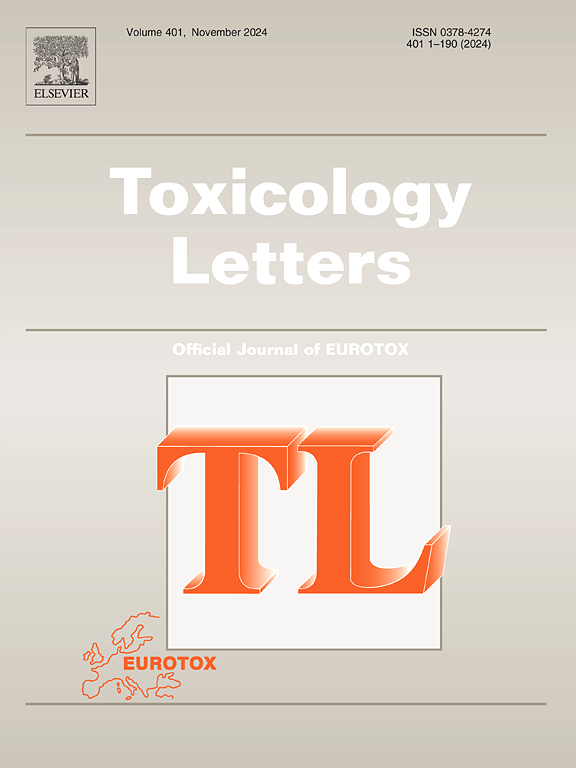ARC 通过 Ras/JNK 信号通路保护耳蜗毛细胞免受新霉素诱导的耳毒性影响。
IF 2.9
3区 医学
Q2 TOXICOLOGY
引用次数: 0
摘要
本研究旨在探讨带有caspase募集结构域(ARC)的凋亡抑制因子在新霉素诱导的毛细胞损伤中的保护作用及其机制。采用HEI-OC1细胞和基底膜培养法测定ARC的作用。质粒转染可调节ARC或Ras的表达。我们发现ARC在HEI-OC1细胞中过表达可以提高新霉素损伤后的细胞活力,减少细胞凋亡。新霉素处理后,ARC过表达组裂解型caspase 3减少。ARC过表达组p-CREB表达升高,而新霉素孵育后p-c-Jun表达降低。在HEI-OC1细胞和基底膜中,JNK和Ras抑制均可降低ARC的表达,Ras过表达可增加ARC的表达。本研究表明,ARC可通过Ras/JNK信号通路保护新霉素诱导的毛细胞凋亡。我们的研究结果为预防药物性耳毒性后耳蜗HC死亡提供了新的见解。本文章由计算机程序翻译,如有差异,请以英文原文为准。
ARC protects cochlear hair cells from neomycin-induced ototoxicity via the Ras/JNK signaling pathway
The present study was designed to investigate the role and mechanism of the Apoptosis repressor with caspase recruitment domain (ARC) in protecting the neomycin-induced hair cell damage. HEI-OC1 cells and basilar membrane culture were applied to determine the effect of ARC. Plasmid transfection was used to regulate the ARC or Ras expression. We have found the ARC overexpression in HEI-OC1 cells can increase the cell viability and decrease cell apoptosis after neomycin injury. The cleaved caspase 3 was reduced in ARC overexpression group after neomycin treatment. The p-CREB expression was increased in ARC overexpression group, while the p-c-Jun expression was decreased after neomycin incubation. In HEI-OC1 cells and basilar membranes, JNK and Ras inhibitions both can reduce ARC expression, and Ras overexpression can increase the ARC expression. This study indicates that ARC can protect the hair cells from neomycin-induced apoptosis through Ras/JNK signaling pathway. Our findings provide new insights in preventing cochlear HC death after drug-induced ototoxicity.
求助全文
通过发布文献求助,成功后即可免费获取论文全文。
去求助
来源期刊

Toxicology letters
医学-毒理学
CiteScore
7.10
自引率
2.90%
发文量
897
审稿时长
33 days
期刊介绍:
An international journal for the rapid publication of novel reports on a range of aspects of toxicology, especially mechanisms of toxicity.
 求助内容:
求助内容: 应助结果提醒方式:
应助结果提醒方式:


